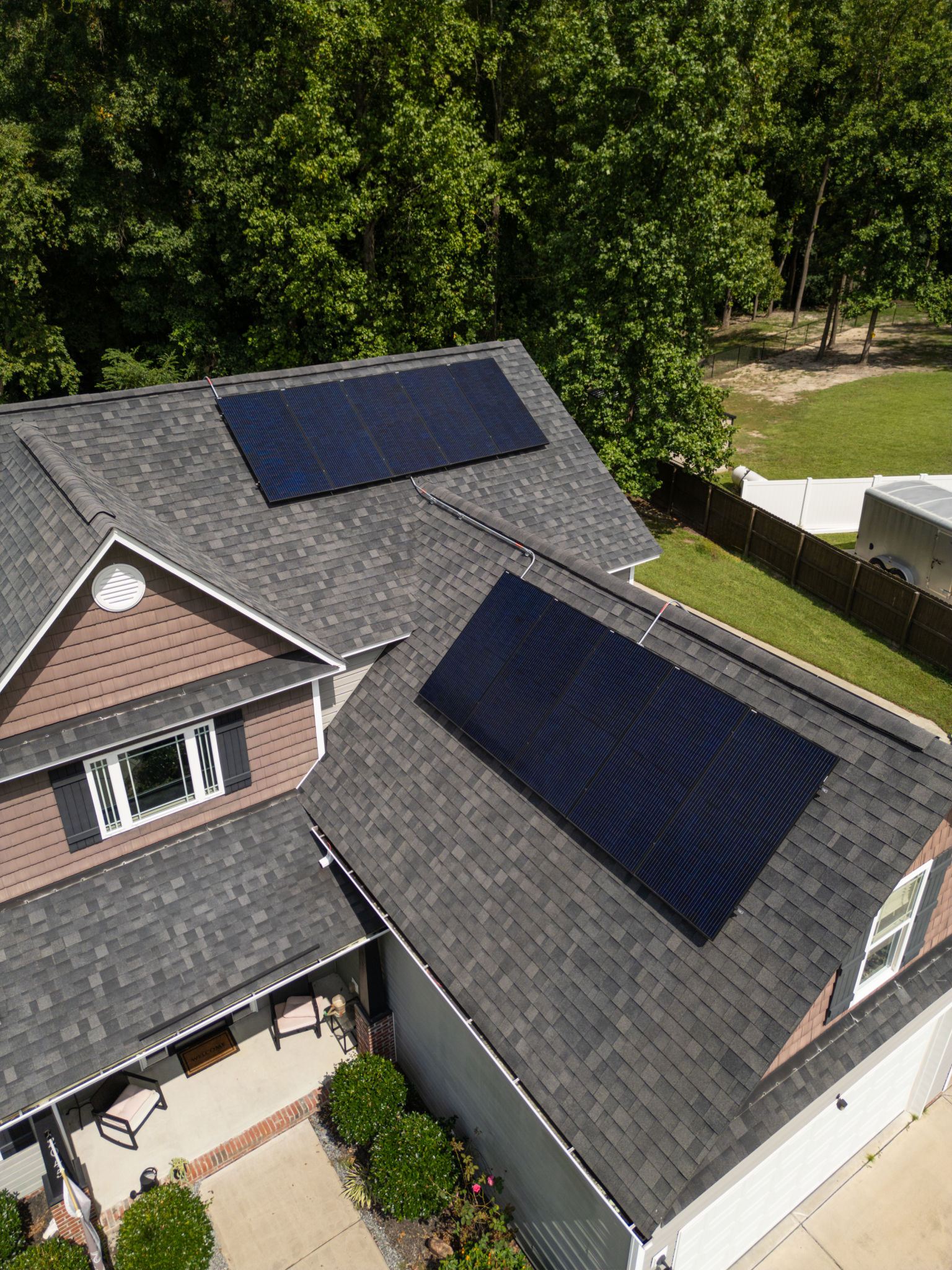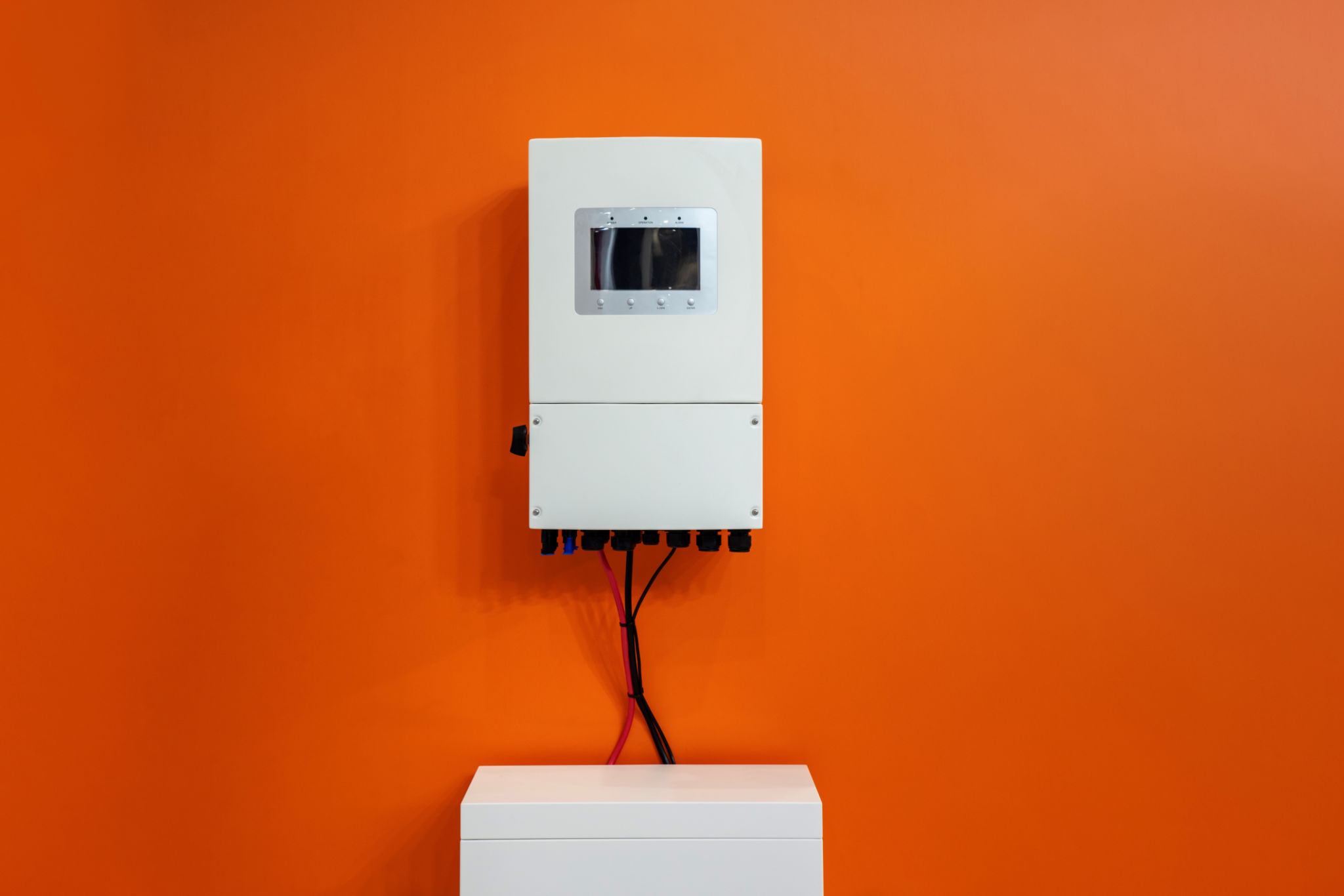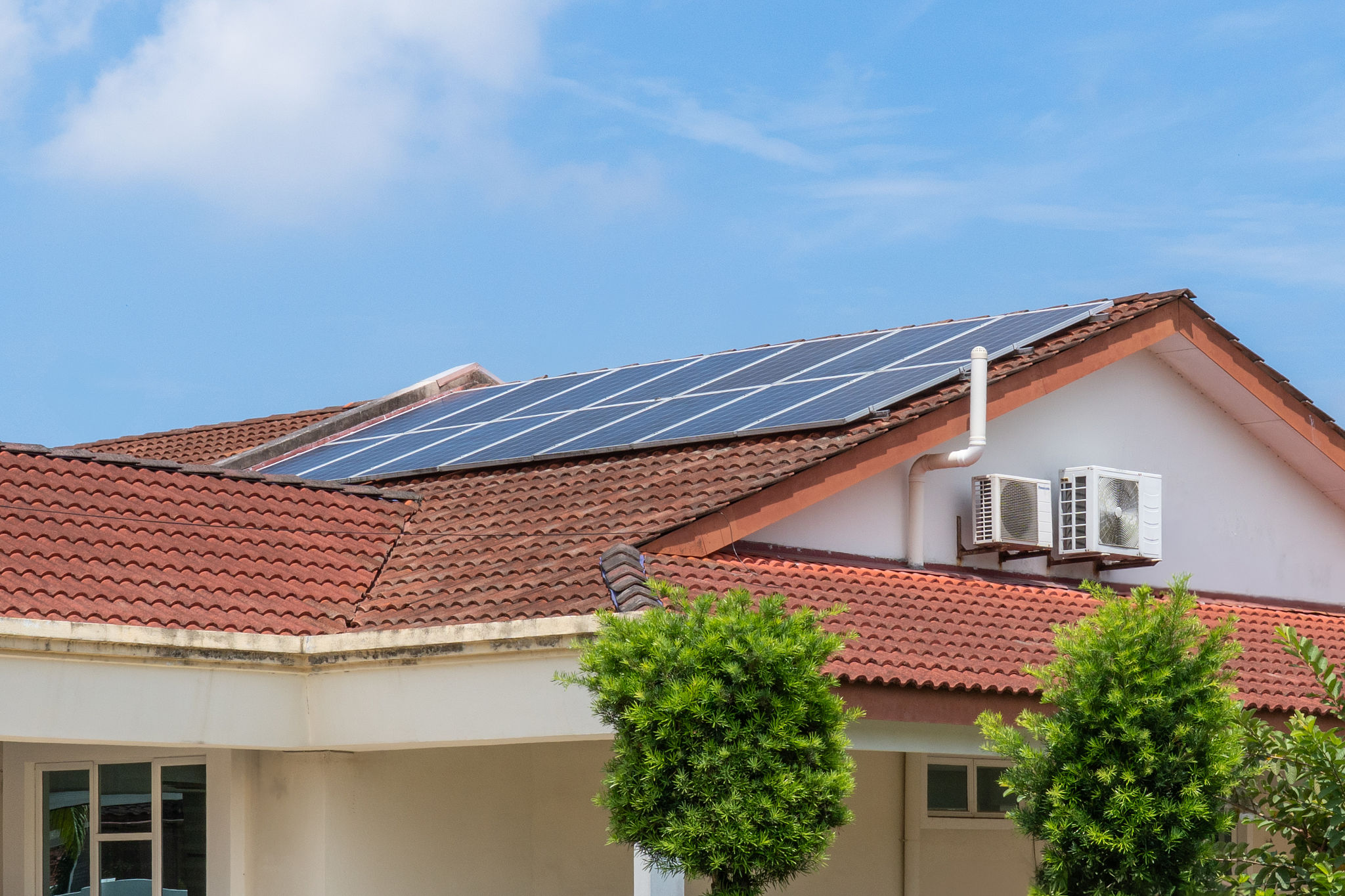How to Choose the Right Solar System for Your Perth Home
Understanding Your Energy Needs
When choosing the right solar system for your Perth home, the first step is understanding your energy needs. Start by analyzing your electricity bills to determine your average energy consumption. This will give you a clear picture of how much energy you need to generate with your solar system. Additionally, consider any future changes in energy usage, such as the addition of electric vehicles or new appliances.
It's also important to consider the size of your roof and its orientation. Ideally, your roof should have a large, unobstructed area facing north to capture the maximum amount of sunlight. If your roof space is limited or shaded, you might need a more efficient system to meet your energy needs.

Types of Solar Panels
There are several types of solar panels available, each with its own advantages. The most common types are monocrystalline, polycrystalline, and thin-film solar panels. Monocrystalline panels are known for their high efficiency and sleek appearance, making them a popular choice for residential installations.
Polycrystalline panels are slightly less efficient but often more affordable, making them an attractive option for budget-conscious homeowners. Thin-film panels are lightweight and flexible, which can be advantageous for certain roof types, but they typically offer lower efficiency compared to crystalline panels.
Inverter Options and Efficiency
The inverter is a critical component of your solar system, as it converts the direct current (DC) produced by the solar panels into alternating current (AC) that can be used in your home. You can choose from string inverters, microinverters, or power optimizers, each with its own benefits.
String inverters are the most common and cost-effective option, suitable for installations with minimal shading. Microinverters, on the other hand, are installed on each panel and can optimize performance in shaded conditions. Power optimizers are similar to microinverters but work in conjunction with a central inverter to improve efficiency.

System Size and Capacity
The size and capacity of your solar system should align with your energy consumption patterns. A larger system will generate more electricity but will also require a greater initial investment. It's essential to strike a balance between system size and your budget.
Consider future-proofing your investment by opting for a slightly larger system if you anticipate increased energy needs. This can save you money in the long run by reducing the need to expand your system later.
Choosing a Reliable Installer
Selecting a qualified and experienced installer is crucial for ensuring the longevity and performance of your solar system. Look for installers with good reviews and testimonials, and ensure they are accredited by organizations such as the Clean Energy Council.
Request multiple quotes to compare prices and services, but don't base your decision solely on cost. A reputable installer will provide a comprehensive warranty and after-sales support to address any issues that may arise.

Maximizing Your Investment
Once your solar system is installed, you can maximize its benefits by monitoring its performance regularly. Many systems come with monitoring apps that allow you to track energy production and consumption in real-time. This can help you identify any issues early and ensure optimal performance.
Additionally, consider implementing energy-efficient practices in your home to further reduce costs. Simple measures like using LED lighting or upgrading insulation can enhance the overall effectiveness of your solar investment.